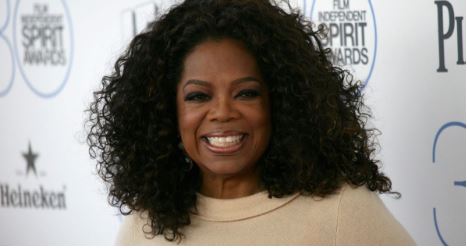The Evolution of Hip Hop Music: From Street Beats to Global Culture

The Evolution of hip hop music, a genre that originated as a form of expression in the streets of New York City, has evolved into a global cultural phenomenon. From its humble beginnings in the 1970s to its current status as a dominant force in the music industry, the evolution of hip-hop music has been a fascinating journey. This article delves into the various stages of this evolution, highlighting the key developments and influential figures that have shaped the genre into what it is today.
Birth of a Movement
The roots of hip-hop music can be traced back to the Bronx, New York, where DJs such as Kool Herc and Afrika Bambaataa laid the groundwork for what would become a musical revolution. In the early days, hip-hop was characterized by its use of turntables, breakbeats, and emceeing, providing a platform for marginalized communities to voice their experiences through rhythm and poetry. Block parties and underground clubs emerged as the breeding ground for this new form of musical expression, attracting a dedicated following among urban youth.
Rise of the Icons
As hip-hop gained momentum, it gave rise to iconic figures who would become synonymous with the genre. Artists such as Grandmaster Flash, Run-D.M.C., and LL Cool J emerged as pioneers, introducing new elements such as scratching, sampling, and storytelling lyrics. Their influence extended beyond the music, shaping fashion, language, and overall cultural attitudes. The 1980s marked a period of rapid expansion for hip-hop, as it began to permeate mainstream media and establish itself as a powerful artistic movement.
Golden Era and Innovation
The 1990s is often called the “golden era” of hip hop, characterized by an explosion of creativity and innovation. This period saw the emergence of legendary acts like Tupac Shakur, The Notorious B.I.G., and Wu-Tang Clan, who pushed the boundaries of the genre with their lyrical prowess and distinctive production styles. The era also witnessed the increased influence of hip hop on other art forms, including fashion, visual arts, and film, solidifying its position as a cultural force to be reckoned with.
Global Domination
In the 21st century, hip hop transcended its American roots and became a truly global phenomenon. Artists from diverse backgrounds and regions, including Jay-Z, Eminem, and Kanye West, achieved international acclaim, showcasing the genre’s universal appeal. The advent of digital technology and social media further accelerated hip hop’s reach, allowing artists to connect with audiences across the globe in real-time. Today, hip-hop has permeated virtually every corner of the world, serving as a platform for social commentary, activism, and artistic expression.
Impact on Popular Culture
Beyond its musical contributions, hip hop has profoundly impacted popular culture, influencing everything from fashion trends to advertising and marketing. The genre’s emphasis on authenticity, self-expression, and resilience has resonated with audiences of all ages, transcending cultural and linguistic barriers. Moreover, hip hop’s ability to adapt and evolve with the times has ensured its relevance in an ever-changing musical landscape, solidifying its status as a dominant cultural force.
Conclusion
The evolution of hip hop music from its humble beginnings in the streets of New York City to its current status as a global cultural phenomenon is a testament to the genre’s enduring appeal and significance. As it continues to inspire and empower new generations of artists and audiences, hip hop remains a vibrant and dynamic force in the world of music and beyond.





